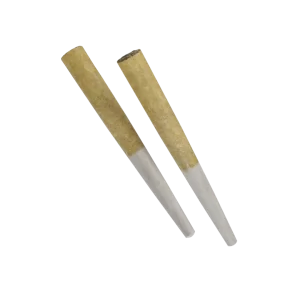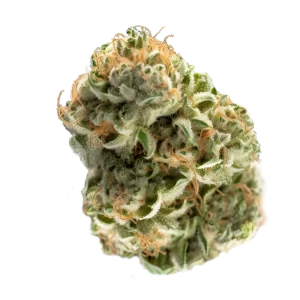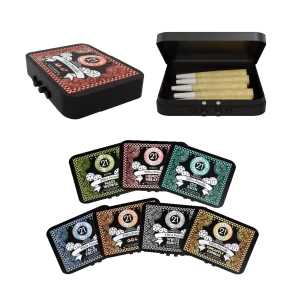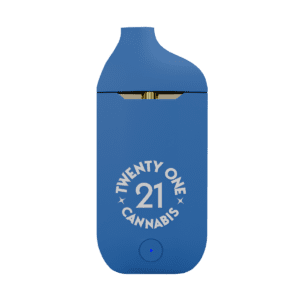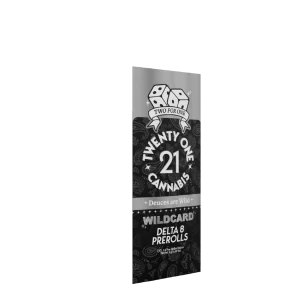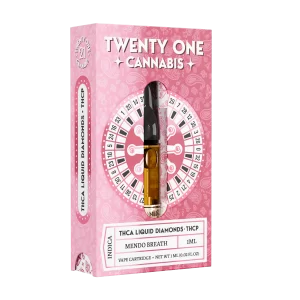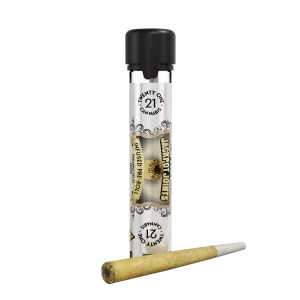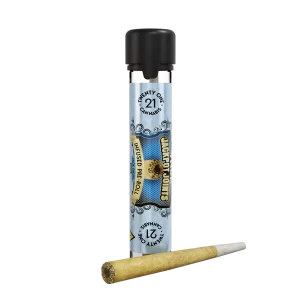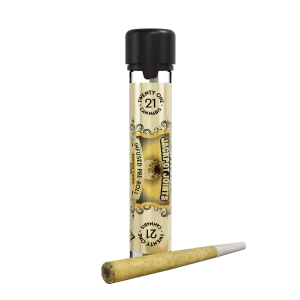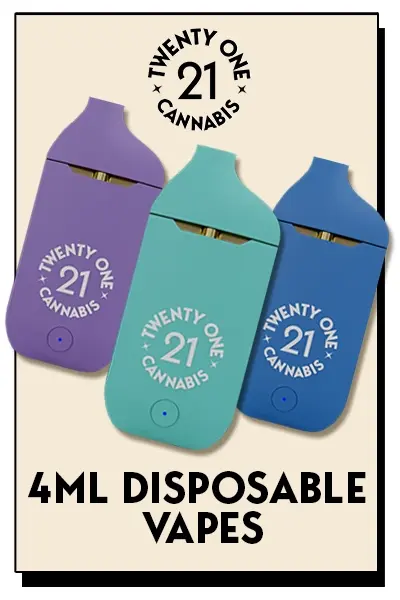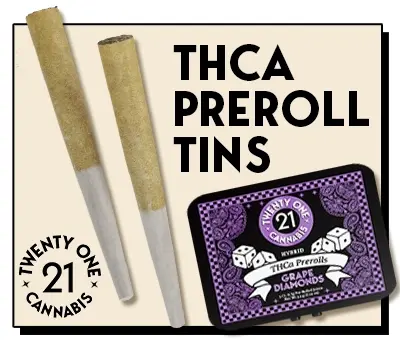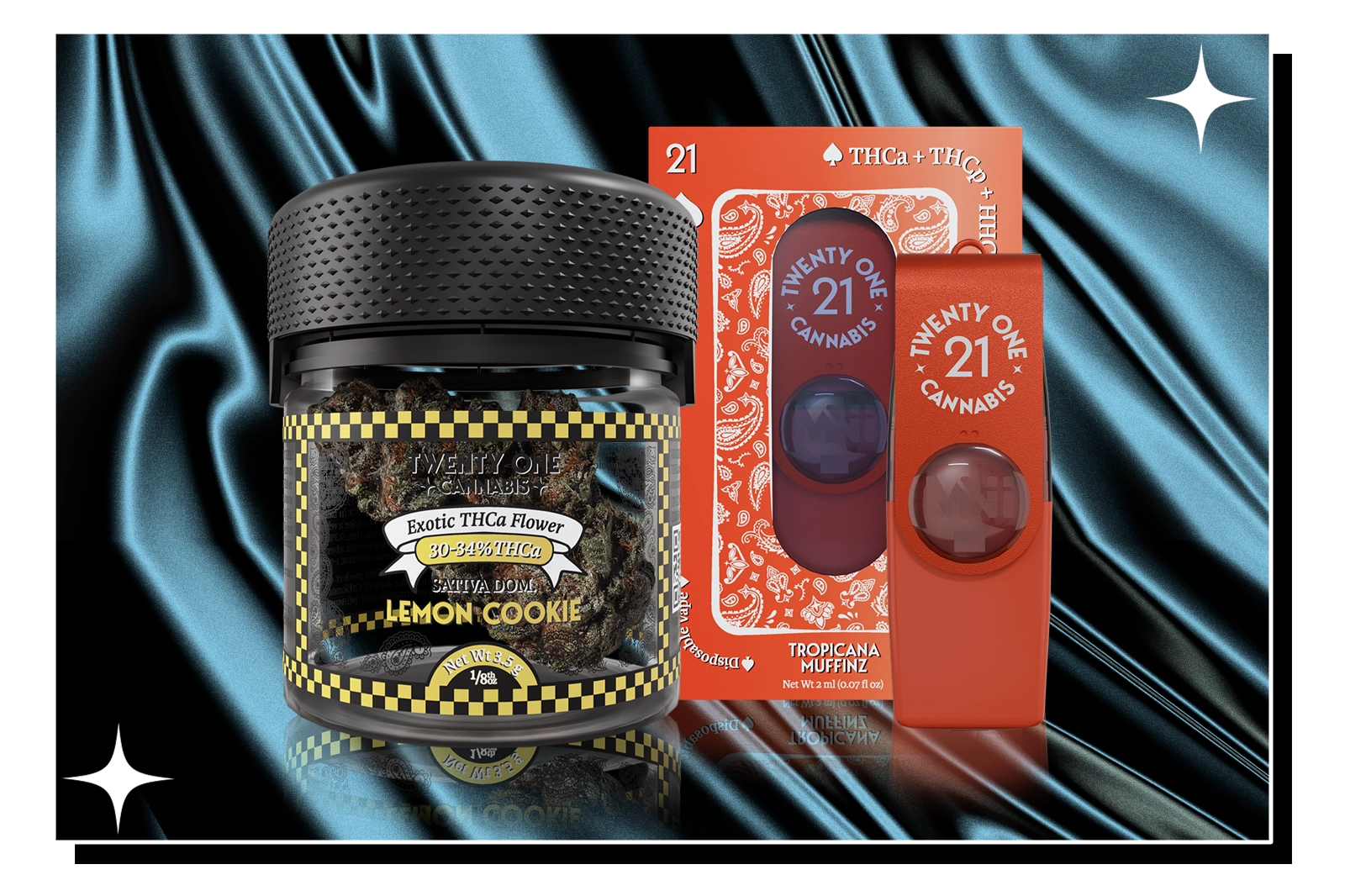
How Is THCA Grown?
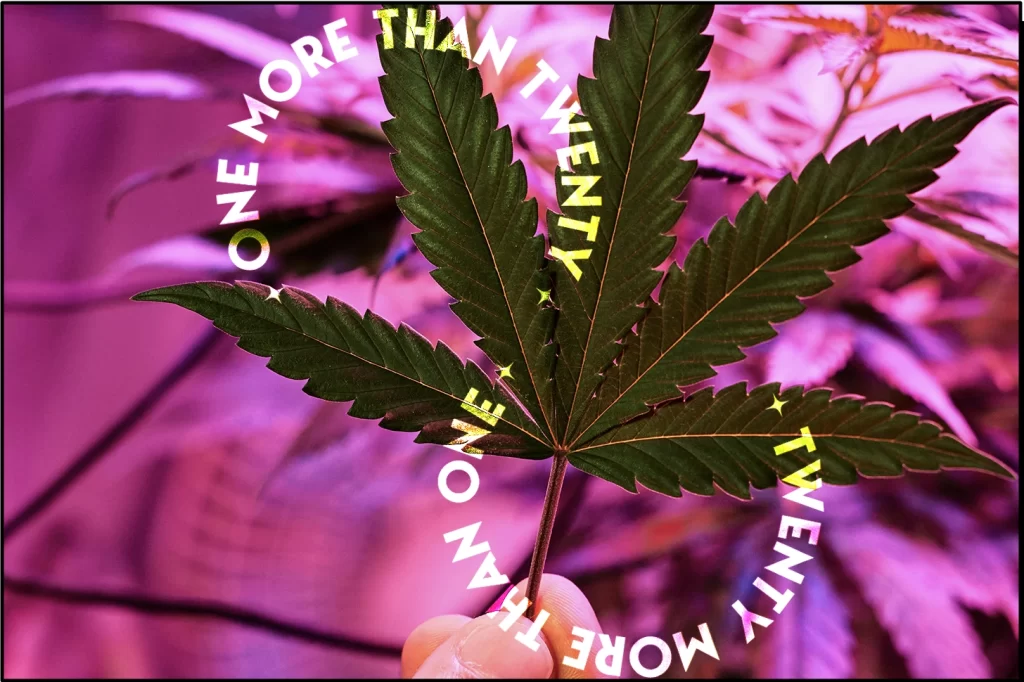
In this Article
The High Rollers Source for THCa Delta 8 HHC
The cultivation of THCA, or tetrahydrocannabinolic acid, is a meticulous process that demands precision and a deep understanding of cannabis plant biology. From seed to harvest, each stage is critical to ensuring the proper development of THCA in its acidic form, which is non-psychoactive and highly sought after for its potential therapeutic applications.
For growers, maximizing THCA content involves more than just standard cannabis cultivation techniques. Environmental conditions, strain selection, and plant management all play critical roles in the final product.
This article will discuss the essential aspects of growing THCA, focusing on the key factors that experienced cultivators consider to achieve high levels of this valuable compound.
Key Takeaways
- THCA flower is cannabis that contains high levels of tetrahydrocannabinolic acid (THCA), the non-psychoactive precursor to THC, which becomes psychoactive through heating.
- Growing THCA-rich cannabis requires selecting high-THCA genetics, optimizing environmental conditions like light and nutrients, and harvesting at peak trichome maturity to preserve THCA content.
- THCA cultivation includes careful post-harvest handling, such as controlled drying and curing, to prevent the decarboxylation of THCA into THC.
- High-THCA strains can legally be cultivated under the U.S. Farm Bill if the final product contains less than 0.3% THC, although growers must monitor legal regulations closely.
- THCA extraction from hemp uses methods like CO2 extraction to preserve THCA, while prerolls and other products ensure users can experience THCA’s potential benefits without decarboxylation.
- For premium-quality THCA flowers, check out 21 Cannabis’ collection. We cultivate high-THCA strains using meticulous practices, with third-party testing ensuring potency and safety.
What Is THCA Flower?
THCA flower is a type of hemp flower that contains high levels of tetrahydrocannabinolic acid (THCA), the precursor compound to THC. Unlike THC, THCA is non-psychoactive in its raw state. That means consuming raw THCA flowers won’t produce the euphoric “high” typically associated with cannabis use.
However, when THCA flower is heated through smoking, vaping, or cooking, a process called decarboxylation occurs. This converts the THCA into THC, activating its psychoactive properties. So while raw THCA flower won’t get you high, using it in ways that involve heat can lead to THC-like effects.
Interestingly, raw THCA flower is believed to offer therapeutic benefits similar to CBD, another popular non-psychoactive cannabinoid. Some people use raw THCA flower to help with inflammation, nausea, and other wellness concerns without the mind-altering effects of THC.
How Is THCA Flower Made?
To produce THCA-rich flowers, growers implement a series of advanced cultivation techniques from seed to harvest, with each stage designed to maximize THCA production while preventing its degradation into THC.
1. Selecting High-THCA Genetics
The foundation of the THCA flower begins with genetics. Cultivators prioritize strains that have been specifically bred for their cannabinoid profiles, focusing on those with a genetic predisposition for high THCA levels.
These strains often come from selective breeding programs where phenotypes with elevated THCA production are crossed and stabilized. Growers also rely on lab testing during the breeding process to identify and isolate cultivars with the most favorable cannabinoid ratios, ensuring consistent and predictable THCA yields from each crop.
2. Optimizing Growing Conditions
Once the high-THCA genetics are in place, the growing environment becomes critical to achieving maximum cannabinoid expression.
Key environmental factors include:
- Photoperiod control
- Nutrient management
- Air circulation
In controlled environments like indoor grows and greenhouses, growers manipulate the light spectrum to include UV-B light, which research has shown may stimulate cannabinoid production, including THCA. The light intensity and duration must also be precisely regulated to promote vigorous vegetative growth followed by a robust flowering phase.
Nutrient programs are finely tuned with emphasis on phosphorus and potassium during the flowering stage, as these nutrients support trichome development and cannabinoid biosynthesis.
Temperature is maintained between 70-80°F (21-27°C) during the day, while cooler nighttime temperatures help reduce the risk of unwanted cannabinoid degradation. Maintaining a slightly acidic soil pH, typically around 6.0-6.5, optimizes nutrient uptake, directly impacting the plant’s metabolic processes involved in THCA production.
3. Harvesting at Peak Cannabinoid Levels
Timing the harvest is crucial for preserving the maximum amount of THCA. Growers use high-magnification tools, such as jeweler’s loupes or microscopes, to monitor trichome maturity on the flower buds. These glandular trichomes undergo visible changes as the plant ripens, progressing from clear (immature) to cloudy (optimal) to amber (overripe).
Harvesting when trichomes are predominantly cloudy and have a mushroom-like head ensures peak cannabinoid content, as this is when the THCA concentration is at its highest. Waiting too long can cause the THCA to naturally decarboxylate into THC, reducing the acidic form’s content and altering the intended product profile.
4. Post-Harvest Processing
Post-harvest handling of the flower is just as important as the growing phase in preserving THCA. After cutting, buds undergo a slow drying process, typically at temperatures between 60-70°F (15-21°C) with humidity levels between 45-55%.
Rapid drying or exposure to heat can cause THCA to decarboxylate into THC, which is why temperature control is critical during this stage. The drying process allows the flower to lose moisture while maintaining the integrity of the cannabinoids.
Curing takes place in airtight containers over several weeks, where oxygen exposure is minimized. This phase allows the terpenes and cannabinoids to mature, improving both the flavor and cannabinoid profile of the flower.
Hand-trimming is preferred over mechanical trimming to protect the delicate trichome heads, which contain the majority of the THCA. Machine trimming can break off trichomes, leading to a reduction in potency and overall quality.
Finally, proper storage of the cured flower is essential for maintaining THCA levels. Buds are stored in UV-resistant, airtight containers at a stable temperature (around 60°F) and relative humidity (55-62%) to prevent degradation from light, heat, and moisture. This controlled environment ensures that the THCA remains intact and the flower retains its desired potency until consumption.
Is Growing THCA Flower Legal?
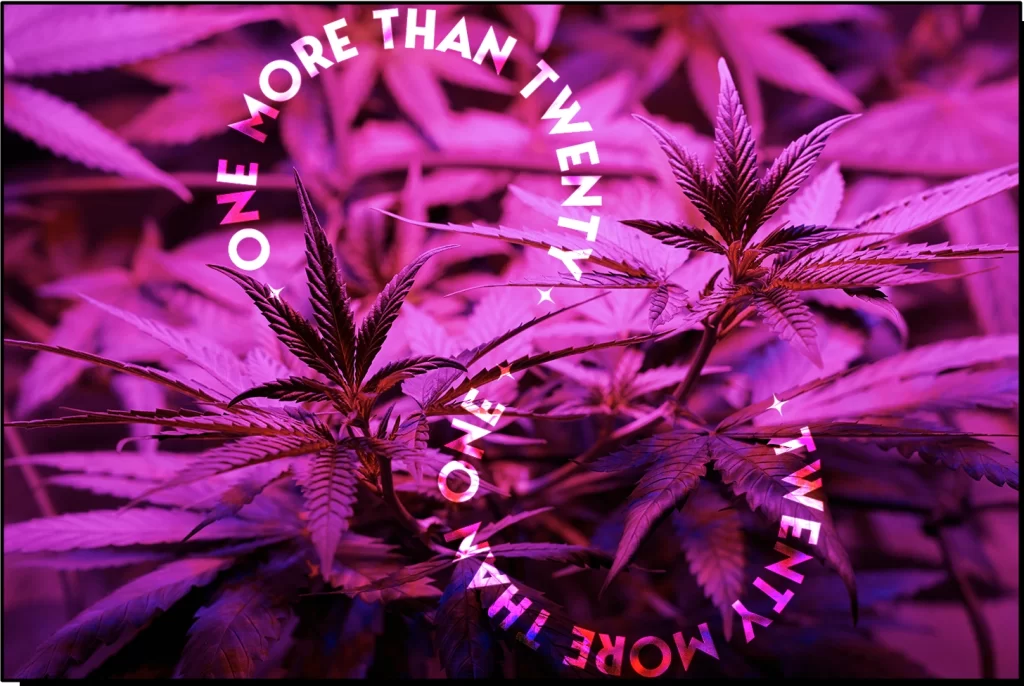
The legality of growing THCA-rich cannabis depends on the jurisdiction. In the U.S., the 2018 Farm Bill legalized hemp, which includes cannabis plants containing less than 0.3% THC. THCA itself is not psychoactive, but as it decarboxylates into THC, it can raise legal concerns if the final product exceeds the THC limit.
For home growers, laws vary by state. Some states allow the cultivation of hemp or cannabis for personal use under strict regulations, while others prohibit it entirely. Always check local and federal laws to ensure compliance before growing THCA-rich cannabis.
What Percentage of THCA is Considered High in Hemp Flower?
Generally, hemp strains with THC levels above 15% are considered high in THCA before decarboxylation. However, it’s important to remember that THCA and THC percentages are not the same thing.
If you have hemp flower with a known THCA percentage, you can estimate the potential THC content using this formula:
Total THC = (%THCA) x 0.877 + (%THC)
Keep in mind that this is just a rough guide, as other factors can influence the final THC levels in your product. These include:
- The accuracy of the initial THCA testing
- The efficiency of the decarboxylation process
- The freshness and storage conditions of the flower
- The consumption method (smoking vs vaping vs edibles)
So while a high THCA percentage is a good starting point, it doesn’t guarantee a specific THC potency in the end product. That’s why lab testing is so important – it helps verify the actual cannabinoid levels and ensures you’re getting what you expect from your THCA flower.
When shopping for high-THCA hemp strains, look for options with clear labeling and recent lab results from a reputable third-party testing facility. A trustworthy brand will be transparent about their products’ potency and purity, so you can make informed decisions about what’s right for you.
Is THCA Flower Safe to Use?
THCA is generally well-tolerated when consumed in its raw, unheated form. Many people report experiencing potential therapeutic benefits, such as reduced inflammation and nausea, with minimal side effects.
However, it’s important to purchase THCA flowers from trusted sources that provide third-party lab results verifying the potency and purity of their products. This ensures you’re getting a high-quality, safe product free from contaminants like pesticides or heavy metals.
If you have any pre-existing health conditions or are taking medications, it’s always a good idea to consult with a healthcare professional before using THCA flower or any other cannabis product. They can help you weigh the potential risks and benefits based on your individual needs and medical history.
Final Thoughts
When using THCA flower, start with a low dose and gradually increase as needed to find your optimal level. Pay attention to how your body responds and adjust your consumption accordingly. Store your THCA flower properly in an airtight container away from light and heat to maintain its freshness and potency.
If you’re looking to skip the hassle of growing and buying premium THCA flowers, 21 Cannabis is just the place to look!
21 Cannabis cultivates high-quality THCA flowers by selecting optimal strains and employing meticulous growing practices, ensuring a product that meets your needs. Our commitment to transparency and third-party testing provides assurance in potency and purity.
Visit our collection of THCA products and experience how to revamp your experience with high-quality cannabis!
Frequently Asked Questions
How is THCA Made?
THCA is made through the natural growth of cannabis plants. It is a precursor to THC and forms in the plant’s trichomes before being exposed to heat, which converts it to THC through a process called decarboxylation. The plant naturally produces THCA during its growth cycle, and this compound remains non-psychoactive until it undergoes the conversion to THC.
Is THCA Natural or Synthetic?
THCA is a completely natural compound. It is found in raw cannabis plants, specifically in the trichomes that cover the flowers. THCA is not synthetic, as it forms naturally during the plant’s growth process, and its presence is an indicator of the plant’s maturity and health.
How is THCA Extracted From Hemp?
THCA is extracted from hemp through processes such as cold extraction or CO2 extraction. These methods aim to preserve the cannabinoid in its natural form without triggering the decarboxylation that converts it to THC. By using careful extraction techniques, producers can ensure that the final product retains high levels of THCA while adhering to legal limits on THC content.
How Are THCA Prerolls Made?
THCA prerolls are made by grinding THCA-rich cannabis flower and rolling it into paper or cones for convenient use. The flower used in these prerolls is specifically cultivated to contain high levels of THCA, ensuring that the prerolls deliver the full benefits of this cannabinoid when consumed. These prerolls are often tested to confirm potency and purity before being sold.
Sources for this Article
- sciencedirect.com/topics/pharmacology-toxicology-and-pharmaceutical-science/tetrahydrocannabinolic-acid
- scielo.br/j/brjp/a/DkrHzwvf9ngstvdd89KMHjk/
- ncbi.nlm.nih.gov/pmc/articles/PMC5510775/
- ncbi.nlm.nih.gov/pmc/articles/PMC10095267/
- webmd.com/mental-health/addiction/what-is-thca
In this Article
Let's be social
More Heavy Hitting Posts

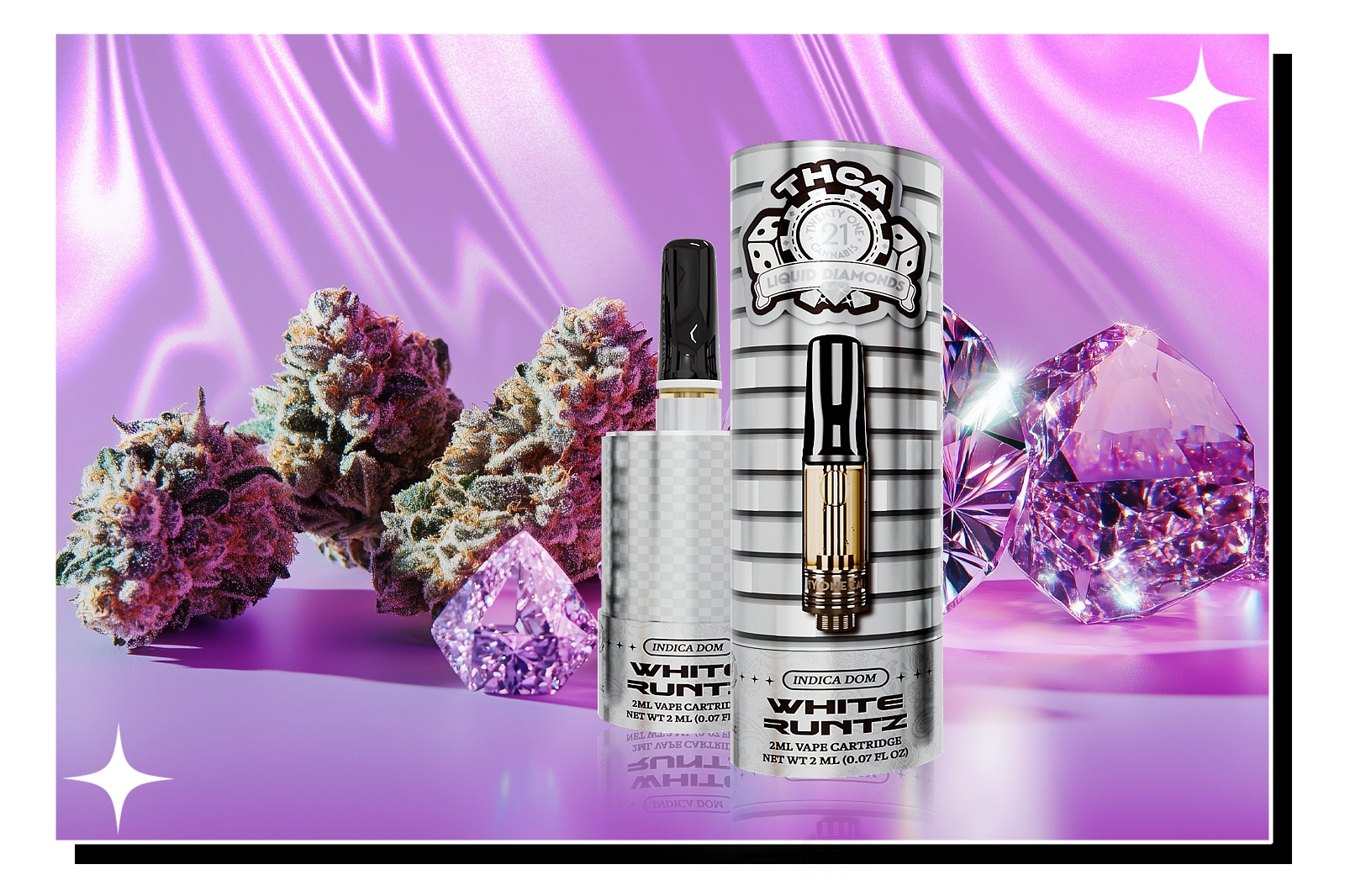
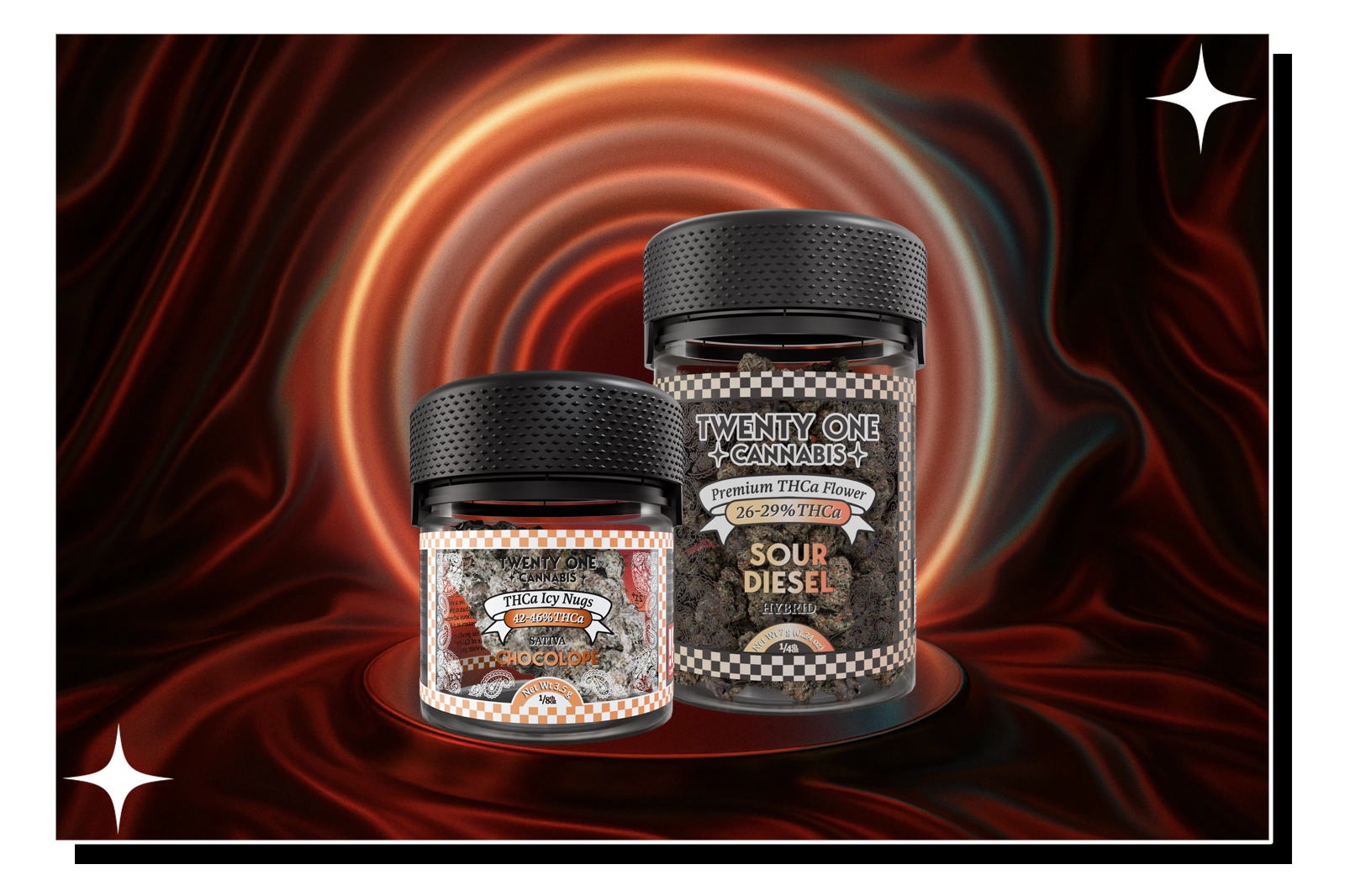
Cannabis for Focus: Strains That Keep You Dialed In
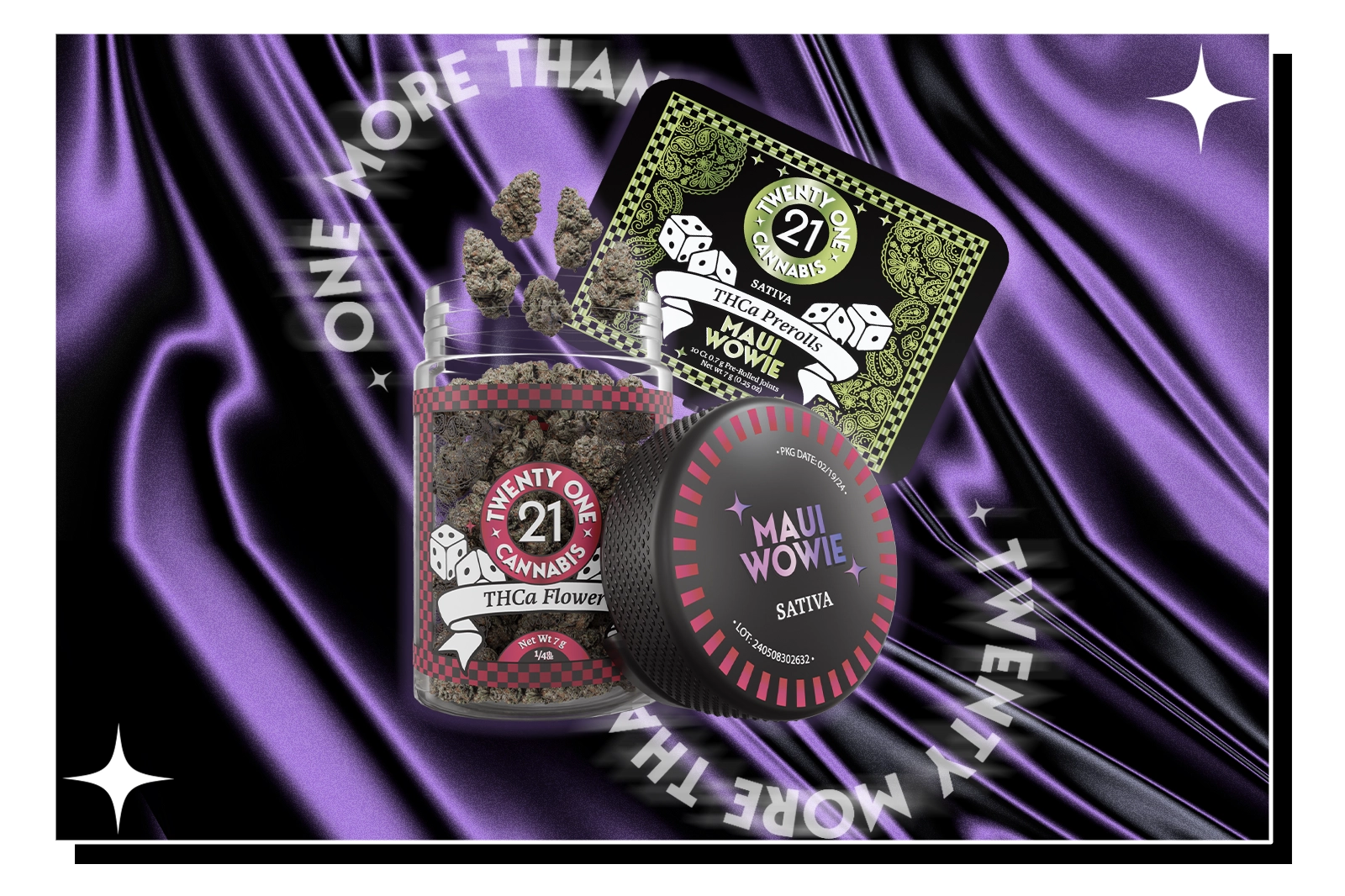
Maui Wowie Strain Review: A Tropical Sativa Paradise
JOIN THE HIGH ROLLERS
Categories

Lindsey Goldstein

Peer Review by: JJ Coombs
Doctor of Pharmacy, Pharmaceutical Sciences University of Colorado
Co-Founder & CEO at Arvida Labs


